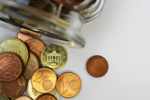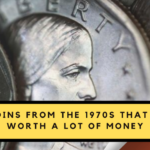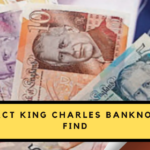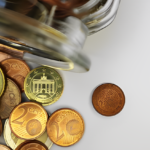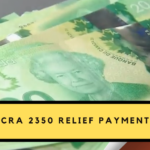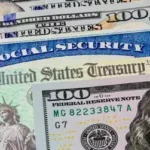In June 2024, the first-ever banknotes featuring King Charles III entered circulation, creating a buzz among collectors and the general public alike. As reported by Mirror, these notes are part of an ongoing transition following the reign of Queen Elizabeth II and have drawn significant interest, especially due to their potential value.
The new £5, £10, £20, and £50 notes showcase a portrait of King Charles III while maintaining the existing designs introduced during Queen Elizabeth’s era. Although these notes were issued for everyday use, some specific features could make them worth a small fortune.
Why King Charles III Banknotes Are Unique?
Collectors often seek banknotes with unique serial numbers, and these new King Charles notes are no exception. Serial numbers, particularly those that are low or distinctive, can significantly increase the value of these notes in the collectors’ market. For instance:
- Low Serial Numbers: Notes with numbers starting from AA01 or similar sequences are considered highly valuable.
- Unique Patterns: Palindromic numbers, repetitive sequences, or dates tied to historical significance also catch the eye of collectors.
These factors have led to some notes fetching staggering amounts, with reports suggesting that certain £5 notes with rare serial numbers could sell for up to £500. Meanwhile, £10 and £20 notes with similar features might be worth as much as £1,000.
What Makes a Banknote Valuable?
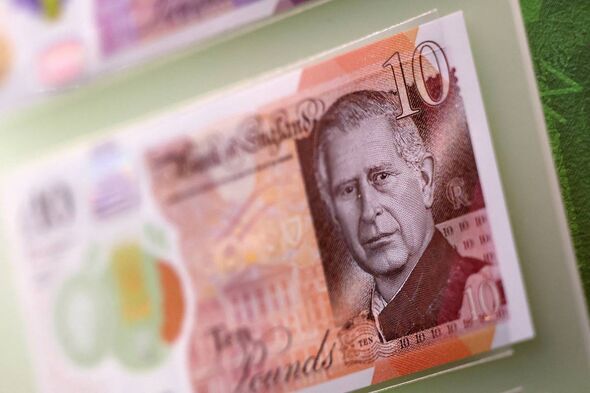
A TikTok user known as @CoinCollectingWizard, who has over 200,000 followers, recently shared insights on identifying valuable banknotes. According to his video:
- The lower the serial number, the higher the potential value.
- Collectors often target the earliest issues of newly circulated banknotes.
- This trend isn’t limited to King Charles III notes – similar demand exists for older Queen Elizabeth II banknotes with distinctive serial numbers.
For example, during the Queen’s reign, notes with the serial number starting “AA01” were sold at auctions for significant sums. The same trend is now unfolding with King Charles III banknotes.
Should You Check Your Wallet?
If you’ve got new King Charles III banknotes in your wallet, it’s worth taking a closer look. Identifying a unique serial number might not only be a fun discovery but also a lucrative one. Even if you’re not a collector yourself, there’s a growing market of enthusiasts willing to pay top dollar for such notes.
And don’t worry if you’re still holding onto Queen Elizabeth II banknotes – they remain legal tender. Both sets of banknotes will coexist for the foreseeable future, giving you more opportunities to spot something rare.
How to Sell Your Rare Notes?
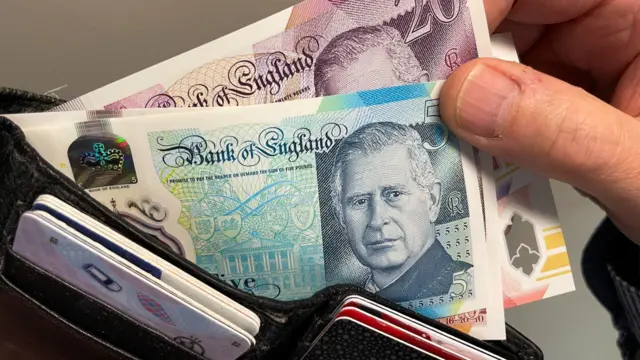
If you come across a note with a low or unique serial number, you can explore multiple avenues to sell it:
- Online Auctions: Websites like eBay often host auctions for collectible banknotes.
- Specialized Dealers: Coin and banknote dealers may offer you expert appraisals.
- Collector Groups: Social media platforms and collector forums are bustling with enthusiasts looking to buy or trade rare notes.
Final Thoughts
The introduction of King Charles III banknotes marks a significant moment in British history, blending functionality with the allure of collectibility. Whether you’re a seasoned collector or just someone who enjoys finding treasures in everyday life, it’s worth keeping an eye out for these notes.
This article has been carefully fact-checked by our editorial team to ensure accuracy and eliminate any misleading information. We are committed to maintaining the highest standards of integrity in our content.
Premlata is a seasoned finance writer with a keen eye for unraveling complex global financial systems. From government benefits to energy rebates and recruitment trends, she empowers readers with actionable insights and clarity. When she’s not crafting impactful articles, you can find her sharing her expertise on LinkedIn or connecting via email at biswaspremlata@gmail.com.

